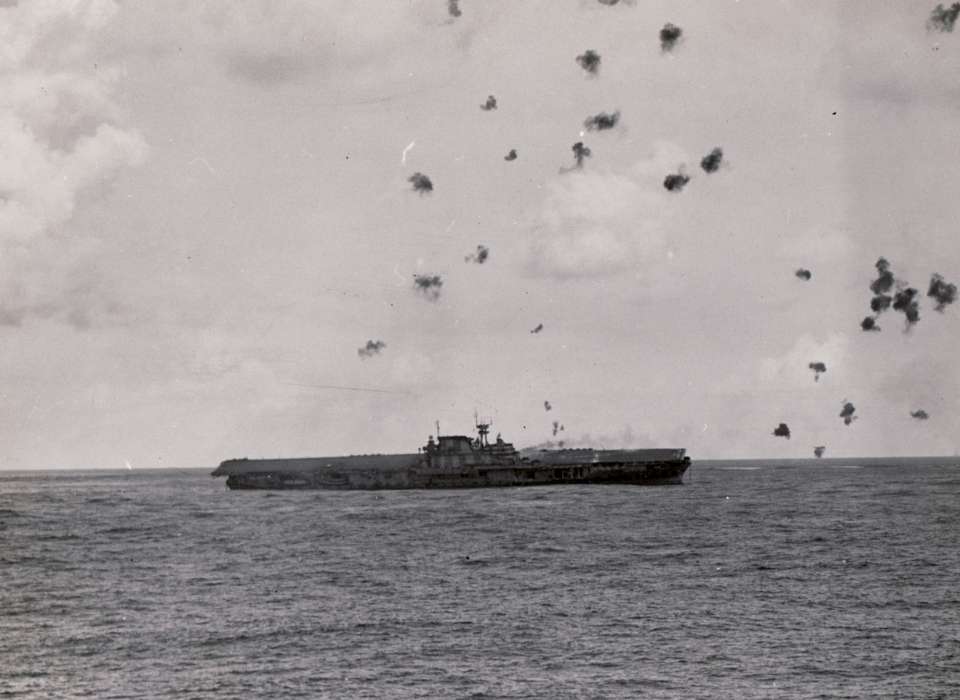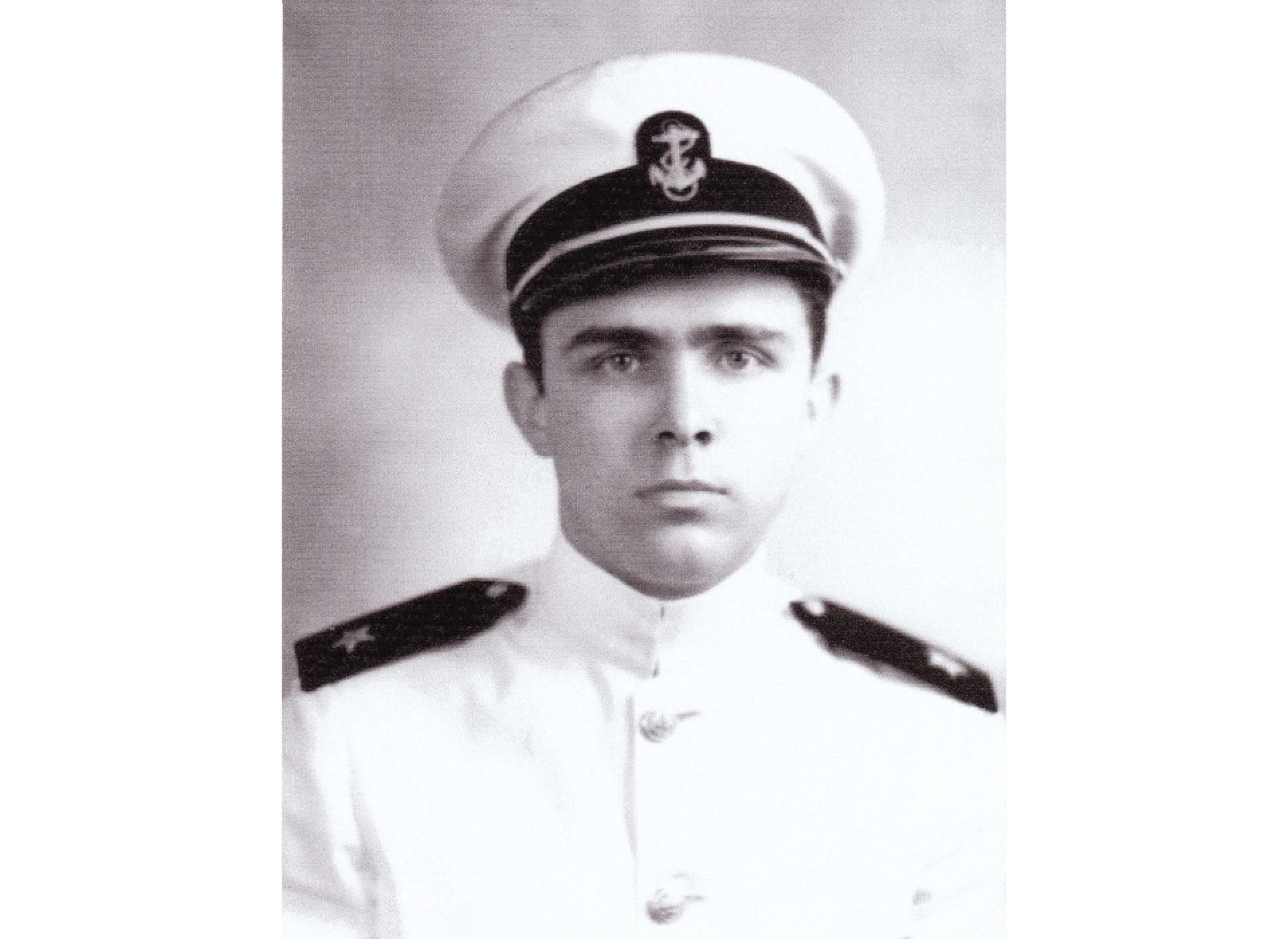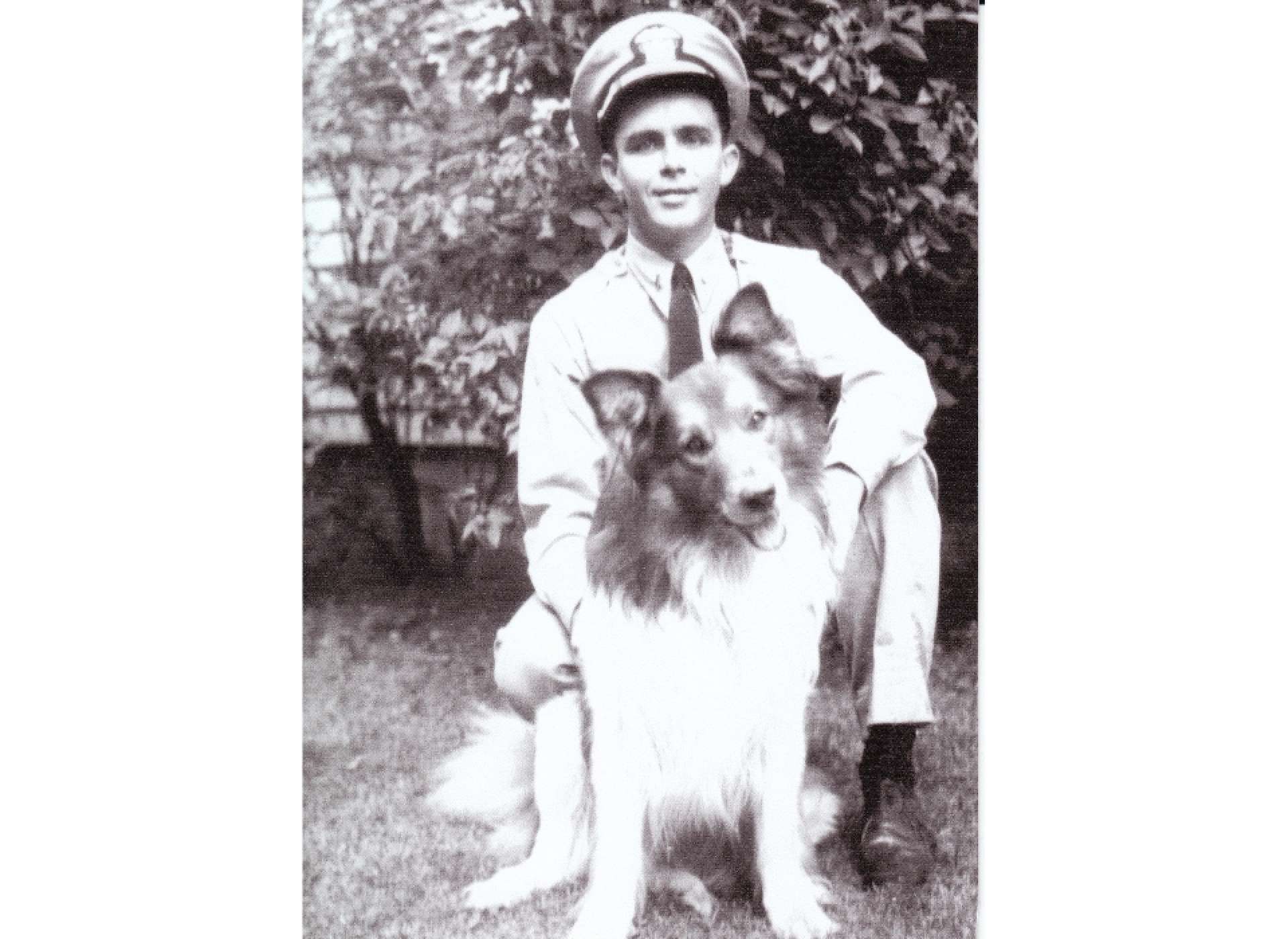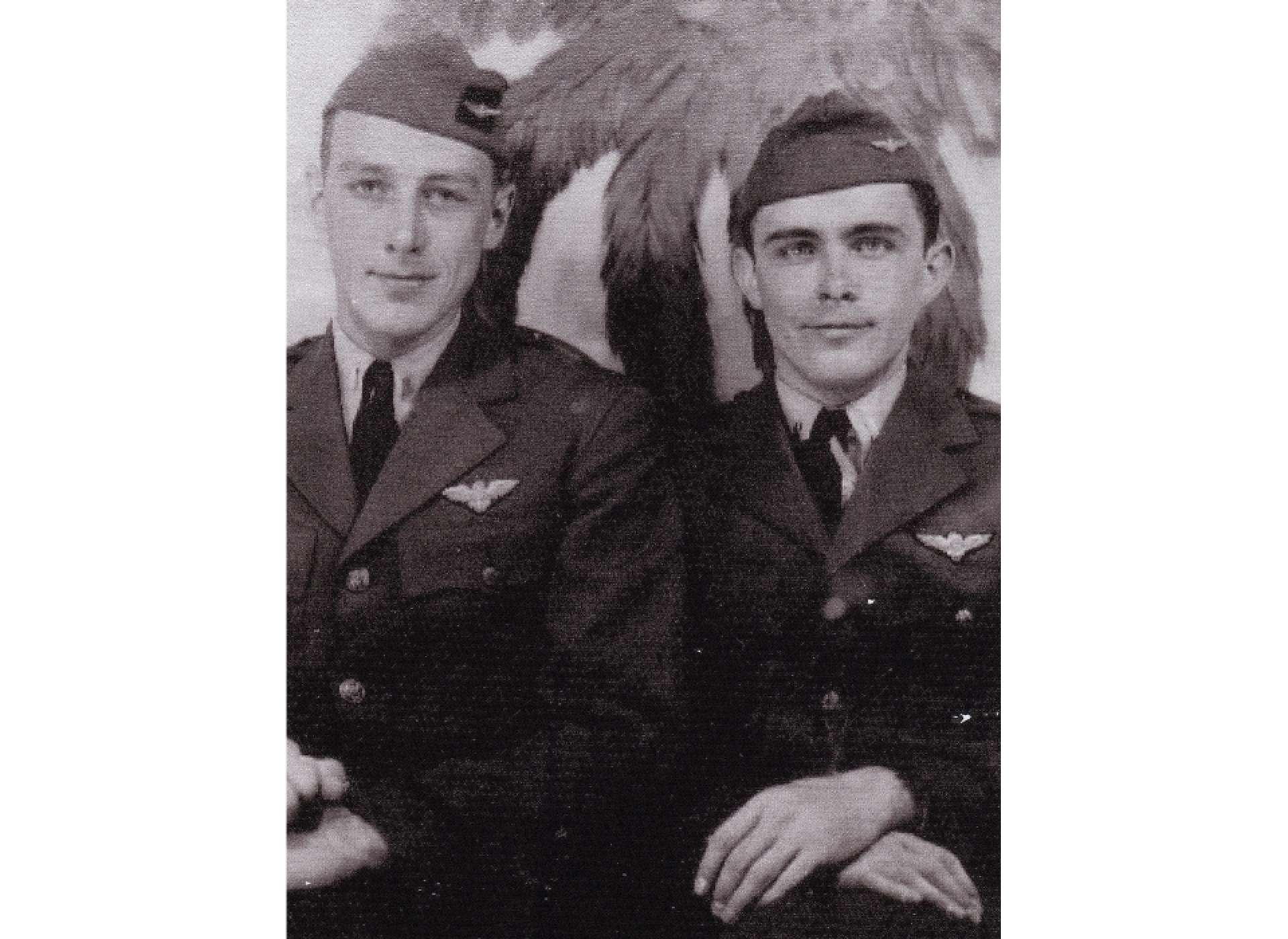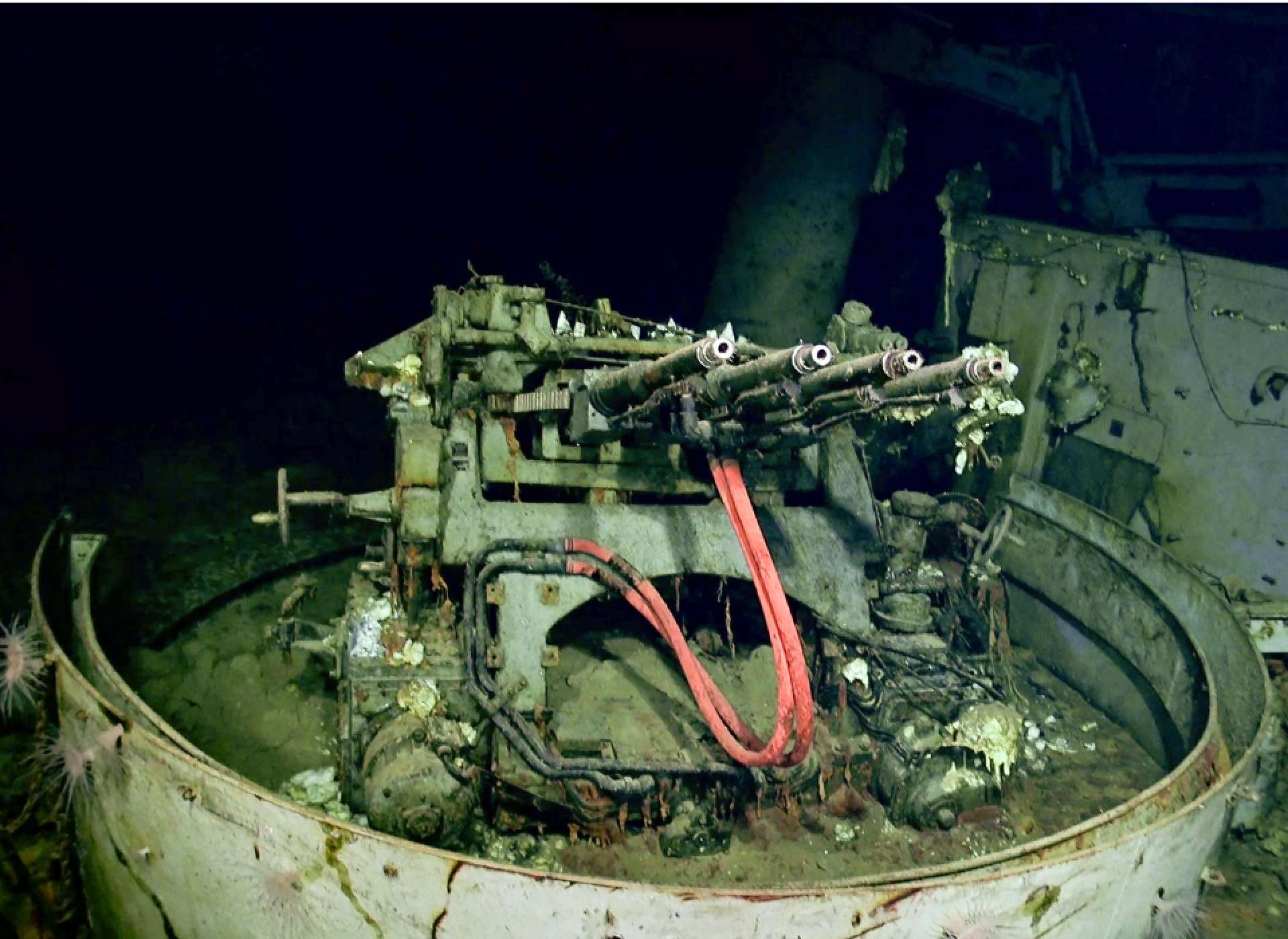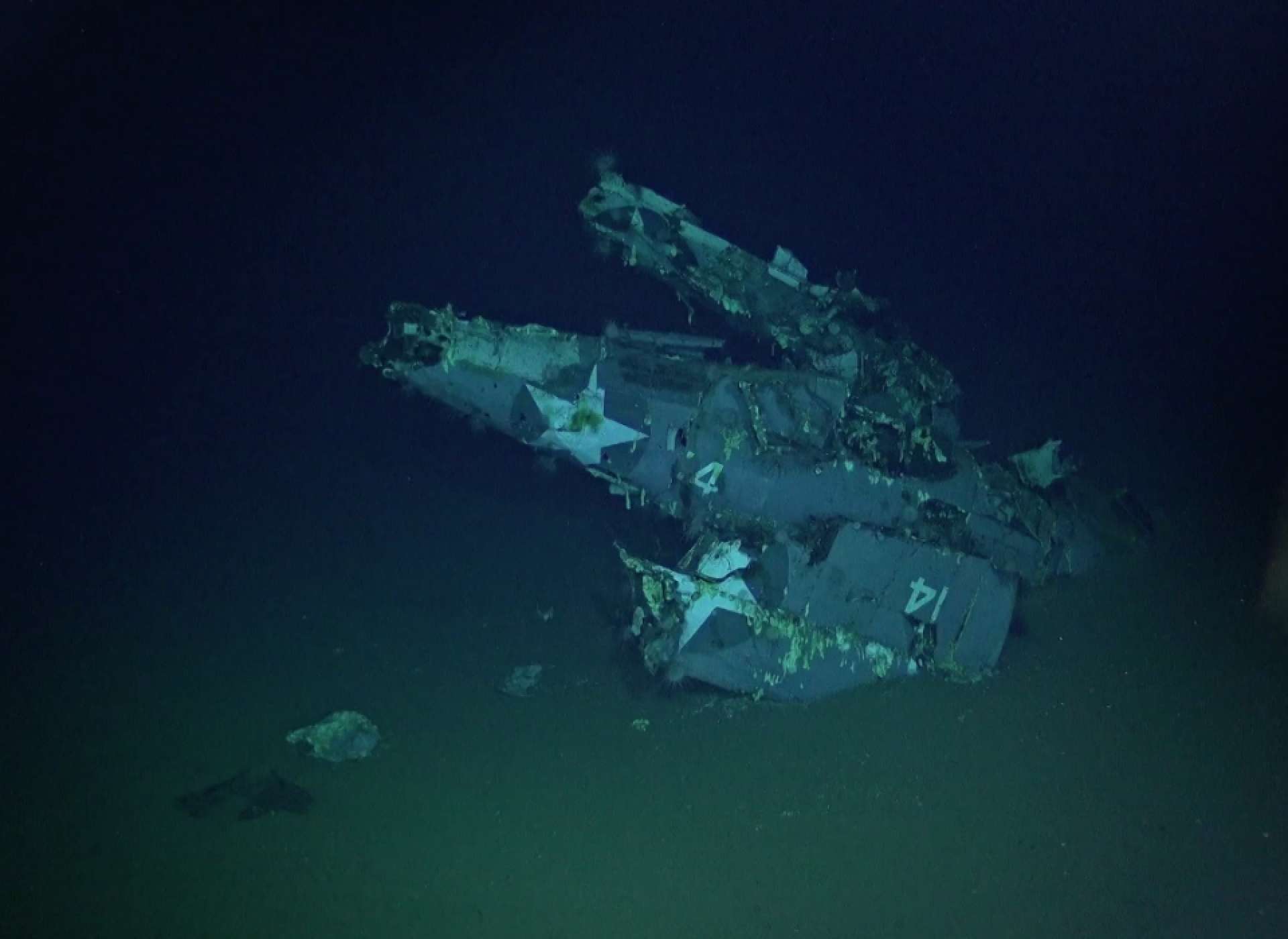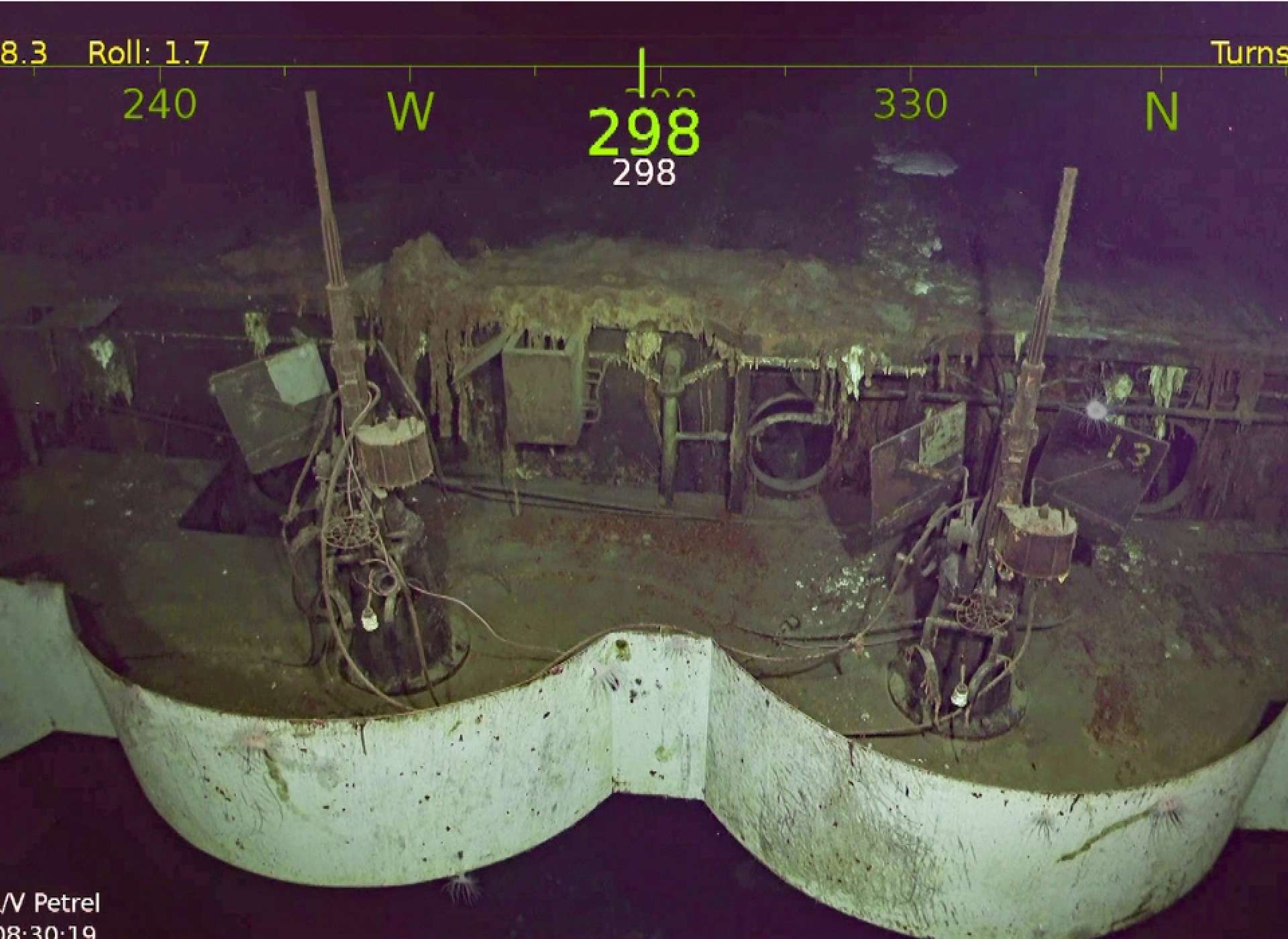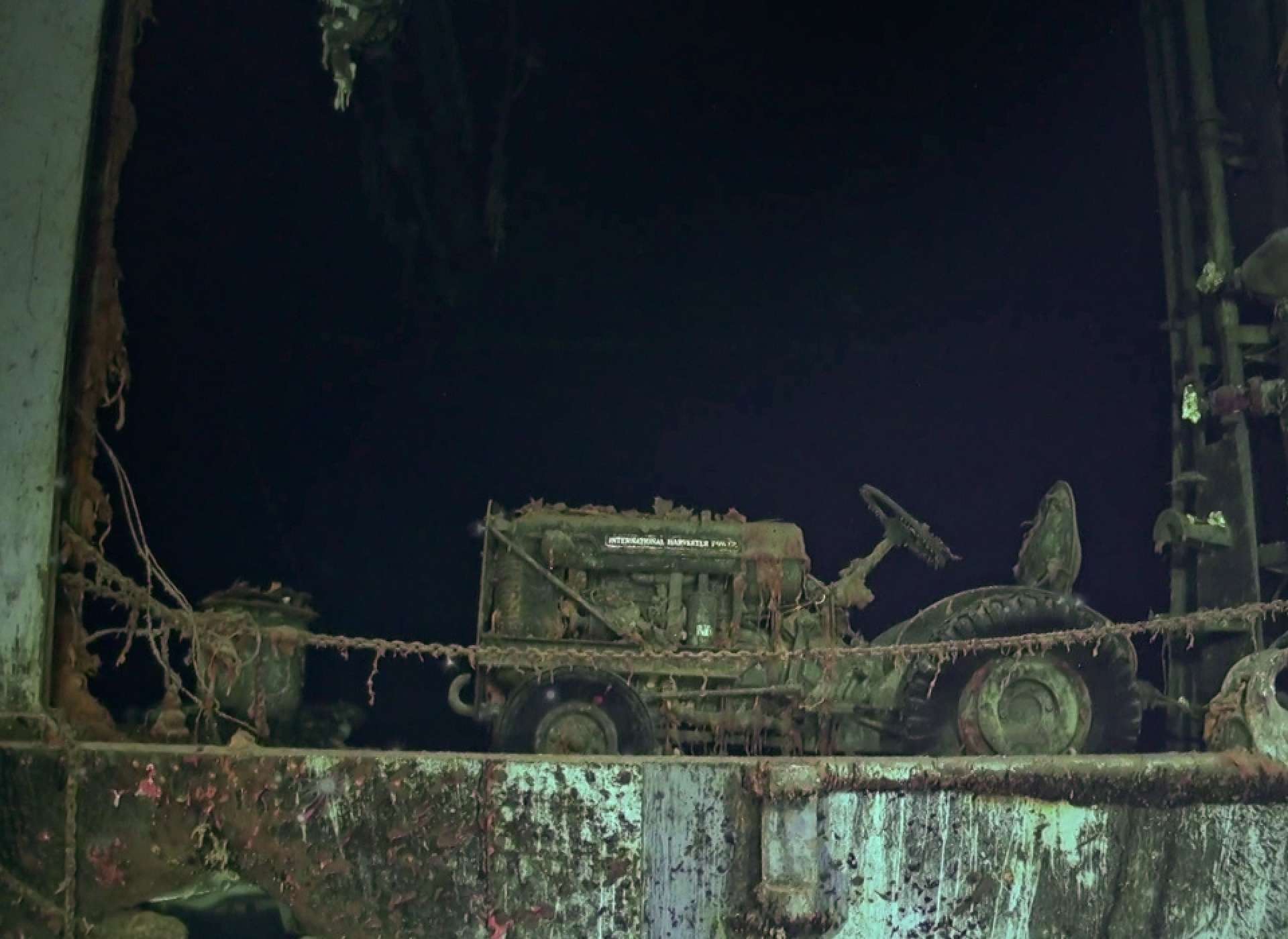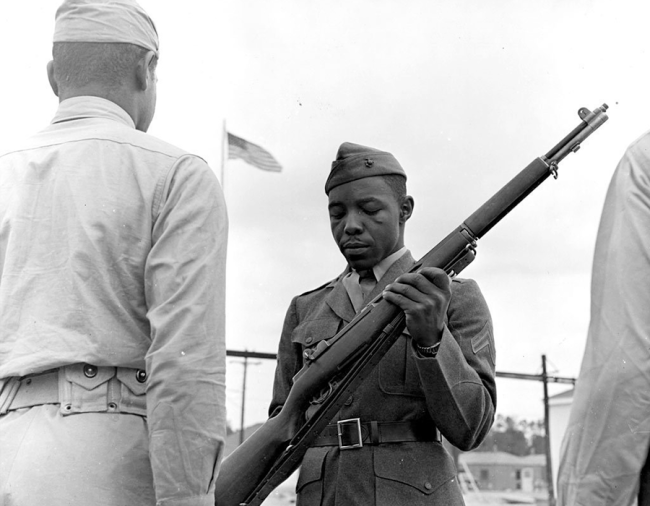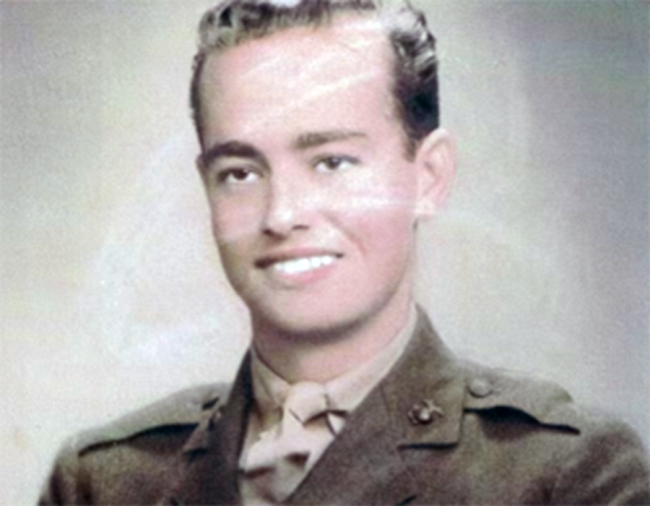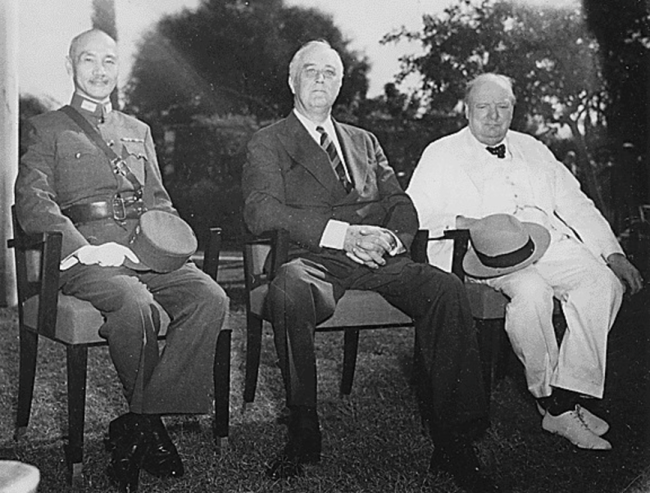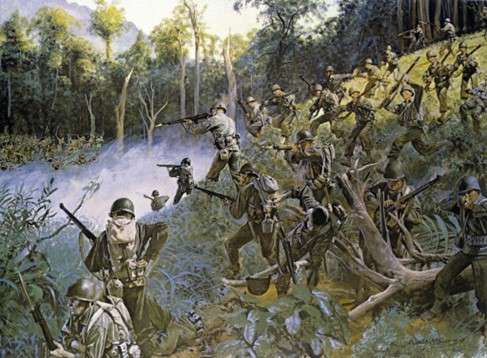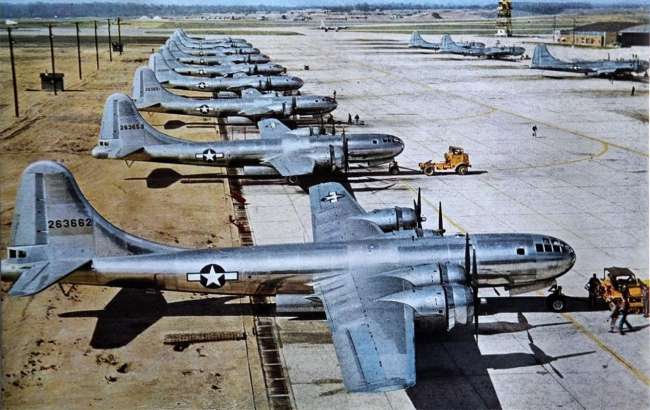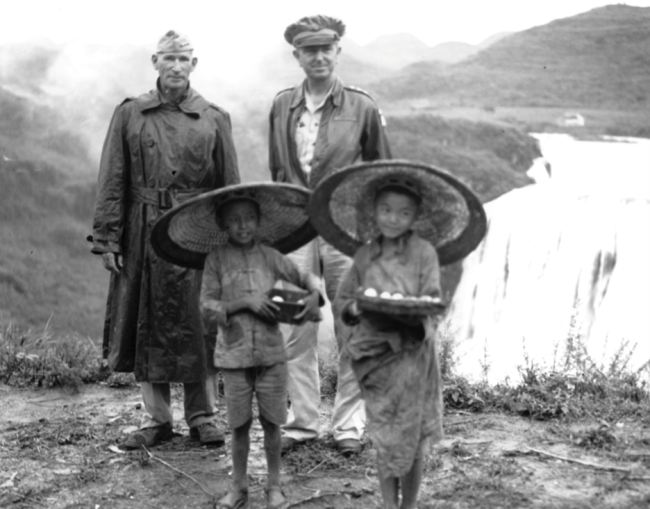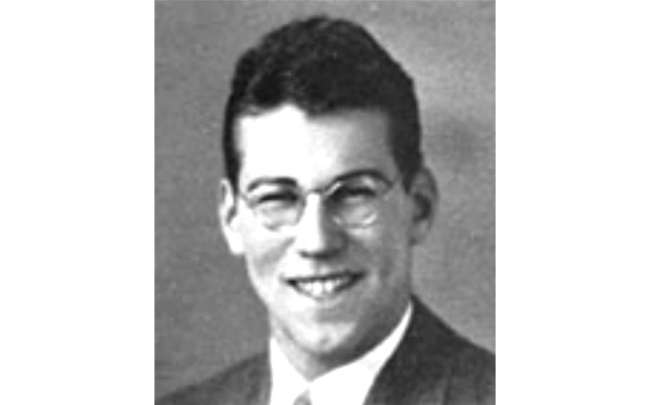By October 1942, the United States and Japan had been locked in a battle of attrition on and around the island of Guadalcanal for over two months. The 1st Marine Division, and now elements of the Army’s 164th Infantry Regiment, still retained full control of the priceless Henderson Field, as well as its surrounding area. The months of fighting had whittled Japan’s strength down after blistering defeats at Tenaru in August and Edson’s Ridge the following month. Yet, the enemy was still as determined as ever to eliminate the American presence ashore, and as such, was in full preparation for another massive assault on Henderson Field. This time, the assault would be coordinated alongside a strong naval offensive. The Imperial Navy was determined to defeat the American aircraft carriers around Guadalcanal once and for all.
American cryptanalysts were aware that the Japanese intended to make another assault on Guadalcanal toward the end of October. Intelligence assumed the date would be October 23, and as a result, Admiral William Halsey began to prepare by sending whatever forces he could muster to defend the area. Assembled American forces were meager at best. The battered carrier Enterprise (CV-6), barely recovered from the wounds she suffered at Eastern Solomons and deploying a brand-new air group, was rapidly making her way back to the area following repairs at Pearl Harbor. A Midway veteran but still relatively untested, the carrier Hornet (CV-8) was the only American carrier on station until she was joined by the “Big E” on October 24. Together the two carriers and their 21 escorts would attempt to stop the massive threat headed their way.
By comparison, the Imperial navy’s Kido Butai was bursting with power and strength. Four aircraft carriers were at the heart of the powerful battle fleet. The Pearl Harbor and Coral Sea veterans Shokaku and Zuikaku along with the newer Junyo, their air groups populated with the some of the most experienced pilots in the world, were the main striking power. The smaller carrier Zuiho delivered even more striking ability. Kido Butai’s 36 escorts, including four battleships, could throw an impressive amount of firepower at enemy aircraft as well as surface ships. The scales were weighted heavily in the favor of the Japanese.
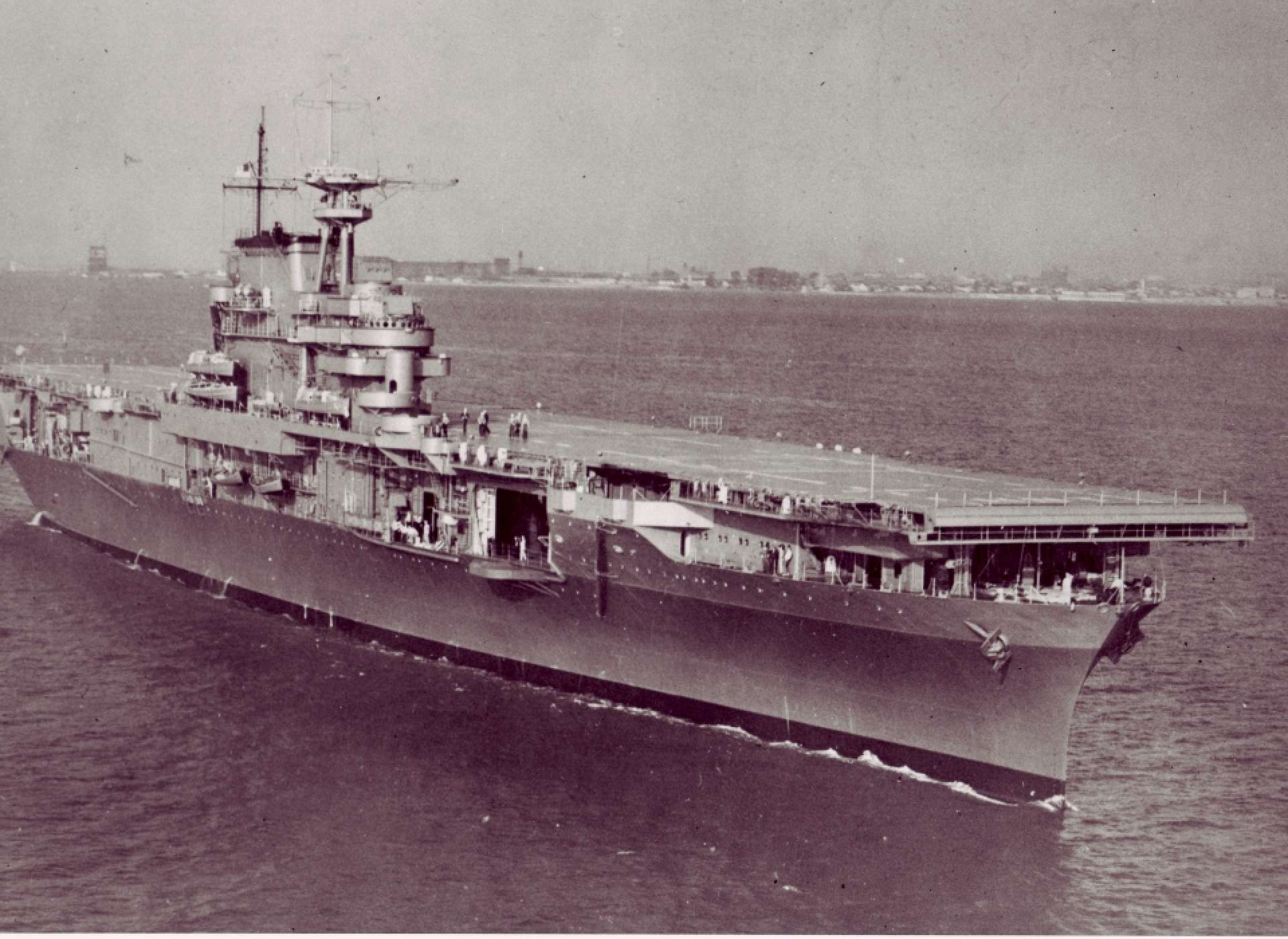
USS Hornet.
The Japanese launched their land offensive on the night of October 23. In what became known as the Battle for Henderson Field, the Imperial army’s efforts to recapture the airfield were again dashed as Marine and Army units beat back the charging Japanese. Believing their land efforts to be successful, mainly due to an erroneous Imperial army message claiming that very fact, Kido Butai proceeded on its mission assigned to support the “victorious” land forces by sweeping the seas clear of the enemy. At 6:45 a.m. on October 26, American scouts located the Japanese “main body” consisting of Shokaku and Zuikaku. Not 15 minutes later, Japanese scouts located the Hornet’s task force. Both fleets readied their attack groups and launched their aircraft.
In the air that morning, flying with Hornet’s Bombing Squadron 8 (VB-8), was Lieutenant (Junior Grade) Clayton Fisher. Fisher had been with VB-8 since before Midway, and took part in VB-8’s ill-fated “flight to nowhere” on June 4. That morning he was tail-end Charlie in a formation of 16 SBDs bound for the Japanese fleet.
Fisher’s formation, packing enough punch with their 1,000-pound bombs to disable or sink an enemy carrier, was escorted by only four F4F Wildcats. Knowing full well that the Japanese carriers would be heavily protected by combat air patrol, Fisher had a bad feeling about the lack of escort. He recalled, “I really thought I was on a suicide mission. I think we all did. Four fighters? We knew they couldn’t handle the Zeroes.” As the formation gathered and climbed steadily to altitude, Fisher was alerted by his section leader to look above them. “I looked up and here’s this beautiful big flight of dive-bombers and Japanese planes, Zeroes above them, tight formation . . . and they went over top of us.” What Fisher saw was the Japanese strike group, making a beeline straight for his Hornet. Fisher hoped that the American combat air patrol and the antiaircraft fire that Hornet’s escorts would provide would be enough for his ship to remain afloat when he returned from his own strike, if he returned.
As the formation neared the Japanese fleet, as expected, Fisher’s group came under attack by Japanese combat air patrol. The enemy Zeroes, from the carrier Zuiho, riddled the escorting Wildcats with gunfire. Fisher’s surviving escorts, already behind his SBD, turned around and headed for home. Fisher and his formation mates pressed on alone. Not minutes later, more enemy Zeroes, this time from Shokaku, attacked. From the rear of the formation, Clay watched as a skilled Zero pilot made a high-side run on his flight leader Gus Widhelm. “I watched his 20 millimeters go off, big blue flames, and he hit Gus in the engine and pretty soon we were flying through his oil smoke.” Widhelm’s plane went down, but the intrepid flight leader survived to be picked up by American forces later on.
The Japanese were relentless in their attacks, slicing through the Americans, dropping one or two SBDs per pass, heavily damaging those that didn’t go down. Fisher recalled, “My plane had been hit, my gunner had been hit, and I didn’t have any dive brakes. So, when we rolled into the attack, I had to go straight down. With no dive breaks.” Fisher’s plane dropped like a rock as it shot downward toward the Japanese carrier Shokaku picking up speed as it neared the massive target. Because of the great speed in his dive, Clay overshot his target and had to jettison his bomb harmlessly in the sea. The rest of his flight was more successful. Four 1,000-pound bombs were reported to have struck Shokaku, holing her flight deck and rendering her useless for the remainder of the battle.
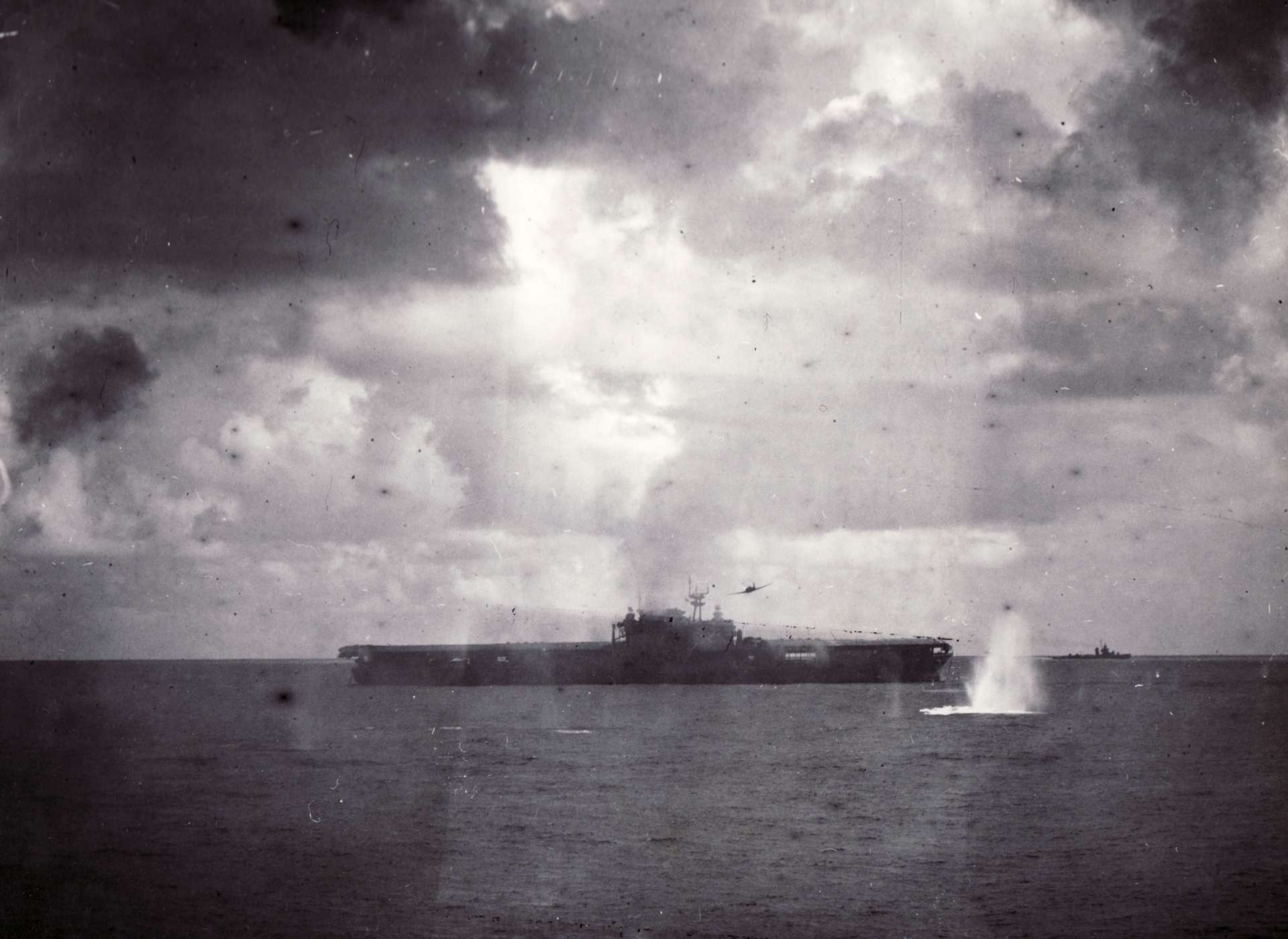
The Hornet under attack at Santa Cruz on October 26, 1942.
His SBD leaking hydraulic fluid and becoming harder to control, Fisher headed for the nearest cloud. Before he could reach the safety of the cloud, his retreating SBD was attacked again by an enemy Zero. The Zero let loose with a 20mm round that barely missed George Ferguson, Fisher’s gunner, and smashed into the armor plate behind Fisher’s head. “The concussion in a closed cockpit was such that it felt like I got hit over the head. . . . At the same time . . . I felt like I had a hot rod go through my shoulder and I was stunned. All the fight went out of me and I couldn’t move.” Clay regained his senses, pulled his airplane up, looked over, and realized the enemy plane was flying wing on him, waiting for him to go down. Clay’s gunner, Ferguson, wheeled his twin 30 caliber machine guns around and blasted a long burst at the Zero. The return fire chased the enemy pilot off and left Fisher and Ferguson to fend for themselves all the way back to Hornet.
As Fisher and Ferguson neared the American task force it was apparent that they would not be able to land aboard their carrier. Hornet had sustained heavy damage from the enemy strike group that had passed Fisher earlier that morning. “I finally picked up the Hornet and she was dead in the water. It really shocked me, foam all over the flight deck, yellow foam all over, and she was listing pretty bad.” Fisher decided that his aircraft could go no further, running low on fuel and badly damaged. With both Fisher and his gunner wounded, the plane wouldn’t make it to Enterprise in the distance. Chopping throttle, he pulled alongside what he assumed to be a destroyer, pulled the nose of his battered SBD up, dragged the tail and plopped his bird neatly into the Pacific. Minutes later the antiaircraft cruiser Juneau (CL-52) threw him a line and snatched him and his gunner out of the water as they passed by at high speed. After several hours in the air, and suffering critical wounds to his elbow and arm, Clay Fisher’s Santa Cruz ordeal was finally over. However, his carrier’s ordeal was not.
About 10 minutes after the Japanese strike group passed Clay Fisher in the air, they came within visual range of the Hornet’s task force. American combat air patrol was vectored to intercept the inbound enemy but radio miscommunication only allowed a small number of American fighters to engage. The few fighters that did engage performed well, splashing several enemy aircraft. However, it was not enough. Twenty “Kate” torpedo bombers and sixteen “Val” dive-bombers set their sights on Hornet and struck hard. Hornet was penetrated by a 550-pound Japanese bomb just starboard of the centerline on her flight deck. The bomb plunged down three decks before exploding near the port side crew’s mess room. Sixty Hornet sailors were killed in the explosion. Moments later another bomb struck the flight deck, this time exploding on the deck itself. The explosion blew an 11-foot hole in the deck, and the flying shrapnel killed another 30 of Hornet’s crew. Still the rain of bombs came. Hornet suffered yet another hit when another 550-pound bomb penetrated three decks below and exploded there, causing severe damage but no loss of life. Seconds later, a damaged “Val” dive-bomber, hit by Hornet’s own antiaircraft fire, plunged into the carrier’s stack, glancing off of the port leading edge of the stack and smacking into the flight deck, the engine and propeller embedded firmly into the sea-blue stained Douglas fir flight deck. All of the hits suffered by Hornet thus far had occurred in a blinding fast span of just over two minutes.
-

Aviation cadet Clayton Fisher, January 1941.
-

Clayton Fisher and his dog prior to his assignment to the Hornet.
-

Clayton Fisher (right) with his roommate aboard the Hornet, 1941.
As the Japanese dive bombers began to pull away, the first enemy torpedo bombers came into view. In the ensuing torpedo attack, Japanese pilots were able to pierce Hornet’s hull with two torpedoes, both hitting her starboard side. Not to be outdone, an enemy dive bomber apparently overshot the carrier in his dive, whirled around, and deliberately crashed his airplane into the ship. Heavily damaged, taking water and afire, Hornet began to lose headway, finally coming to a stop, dead in the water at around 9:40 a.m. Her damage control crews fought the ship’s fires courageously, and with help from her three escorting destroyers had the fires under control 40 minutes after the last Japanese plane had departed.
Shortly after Hornet had been relentlessly pounded by enemy aircraft, Enterprise came under attack. In the Japanese attack, the “Big E” sustained two bomb hits, seriously damaging the ship and leaving one of her elevators stuck in the up position. Enterprise survived the encounter due to three things: the intense antiaircraft fire of her escorts, especially the battleship South Dakota (BB-57), her own antiaircraft fire, and lastly, the actions of one of her fighter pilots. Stanley “Swede” Vejtasa shot down a still-standing record of seven enemy aircraft that had lined up to attack the ship. Recommended for the Medal of Honor, Vejtasa was a major reason that the “Big E” survived the battle.
Meanwhile, back aboard Hornet, salvage crews worked desperately to restore power to the ship. The heavy cruiser Northampton (CA-26) passed a tow line to the carrier and began to try to pull her from the battle zone. Barely making headway, the carrier was a ripe target for another inbound flight of Japanese attackers. Around 3:20 p.m., another Japanese attack wave appeared and barreled in on the stricken carrier. Northampton cut the tow line and sped away from the onslaught. One Japanese torpedo struck Hornet, proving to be the final straw. Any hopes of restoring power were now a pipe dream as the carrier took on massive amounts of seawater and took a heavy list to starboard. With all surviving crewmen clear of the ship, Hornet was torpedoed by the destroyer USS Mustin (DD-413). Typical of American torpedoes, they failed to sink the carrier. The Task Force pulled away leaving the derelict Hornet afloat and smoldering. Later that evening the Japanese administered the coup de grace, sinking the ship with four torpedoes. The ship that launched Jimmy Doolittle’s Tokyo raiders slipped beneath the waves at around 5:20 p.m. on October 26, 1942.
The Battle of Santa Cruz was claimed as a victory by both the Japanese and the Americans. Postwar analysis weighs more toward Santa Cruz being a Japanese victory, however. The Japanese had been successful in their mission to drive American carriers away from Guadalcanal, if only for a short while, but paid an extremely high cost. The Japanese aircraft carrier Shokaku sustained heavy damage as did several screening ships, yet that was not what really hurt the Japanese. The incredibly high cost in human lives, specifically her elite aircrews, are what later came to cripple Japan’s ability to wage a successful naval campaign against the US fleet after 1942. The elite aircrews that attacked Pearl Harbor, fought at Coral Sea, Midway, and Eastern Solomons and now Santa Cruz were a shell of what they once were. The loss of veteran crews would haunt the Japanese for the rest of the war.
Despite their tactical victory on October 26, the Japanese were unable to maintain their success for long. Just two weeks after Santa Cruz, the “Big E” returned to the waters off Guadalcanal, the sole surviving American flattop in the Pacific theater. Her crew painted a sign and hung it near the ship’s superstructure that read, “Enterprise versus Japan.” The sign wasn’t far off the mark. She would remain the only American fleet carrier in the Pacific until the end of the year.
For the past 77 years the only images seen of the once mighty aircraft carrier Hornet were those found in the National Archives or in history books. Today, thanks to the tireless efforts of the research team and crew aboard the RV Petrel, the legendary ship can be seen once again. Some 17,500 feet beneath the surface of the Pacific, the Hornet lies upright in decent condition after the battering she received during and after the battle. Haunting images of antiaircraft guns still trained skyward, an aircraft towing tractor parked on her hangar deck, a sailor’s peacoat stuck in a passageway door, and a sailor’s shaving kit and toothbrush lying on the sea floor all point to the fact that the great ship was once a living, breathing entity, populated by some of this country’s bravest young men.
-

Images: Paul G. Allen's Vulcan Inc.
-

-

-

Seth Paridon
Seth Paridon was a staff historian at The National WWII Museum from 2005 to 2020. He began his career conducting oral histories and research for HBO’s miniseries The Pacific and holds the distinction of being the first historian hired by the Museum’s Research Department. In the 12 years he was Manager of Research Services, Seth and his team increased the oral history collection from 25 to nearly 5,000 oral histories.
